The Key Strategic Decision That Drives Business Development and Operations
If you have flown Southwest Airlines before, you know that their seat assignment and boarding process is unique, their ticket prices are generally more affordable than most airlines, and they typically always run on time. As such, Southwest’s target customer is a cost-conscious, no-frills traveler. Identifying their target customer impacts which airports they provide service to/from, the type of planes they fly (almost all their planes are Boeing 737s), how they advertise, etc. In other words, their ideal customer profile decision drives everything they do.
The same applies in our industry. Defining our ideal customer profile can help guide our business development and operational plans and processes. This article discusses factors to consider when establishing your ideal customer profile.
Ideal Customer Factor Question #1 (Location) – Where do we want to serve?
While this factor might seem somewhat obvious, deciding where you wish to provide service should be carefully considered. If your market is more rural, I would suggest identifying counties where you would consider serving customers. In a more urban setting, you may wish to use zip codes or sections of the city. This factor is especially important to your business development team as it gives them clear direction on where to conduct prospect research.
Ideal Customer Factor Question #2 (Segment or Verticle) – What type of customer do we want to serve?
Below are customer segments/verticles that we (Frantz Building Services) have identified for consideration. Each of these segments has unique business development and operational characteristics that should be considered (NOTE: In some cases below, I have provided some insight as to why we do or do not pursue a certain segment)
- K-12 Schools – Public and Private
- Colleges and Universities – Public and Private (We only pursue private universities as most public universities are too large for us at this point)
- Medical Facilities – In-patient and Outpatinet (We only pursue only outpatient due to the complexities of Inpatinet settings)
- Governmental – (We do not pursue as they are almost always price sensitive)
- Manufacturing
- Public Venues
- Churches
- Warehouse/Distribution Centers
- Commercial/Corporate (We only pursue tenant owned facilities)
- Retail (Includes restaurants, malls, retail stores,etc.)
The discussion/decision regarding the type of customer you wish to serve will require input from your business development team (potential market size) and operations team (ease/difficulty of service).
Ideal Customer Factor Question #3 (Size) – What is the ideal customer size (monthly revenue) we wish to serve?
This factor is the most challenging to consider as several “sub” factors in this analysis. For example, here are a few sub-factors to consider:
- Would you consider a facility where you would have to provide services on the weekend?
- Do you only want evening shift team members?
- Would you only consider serving customers who want at least 5-day/week service?
Answering the questions above will help your business development team in their prospect research activities – specifically finding data on the number of building users (employees, students, medical providers, visitors, etc.). For example, if your minimum monthly revenue target is $2,500/month, and K-12 private schools are a targeted segment, your business development team might only pursue private schools with more than 100 students.
Another example – To meet our (Frantz) minimum monthly revenue target, a manufacturing facility must have 200 or more employees. We discovered this by reviewing our existing customer employee data and studying notes from prospective customer site visits.
“Single Layer” Coverage Factor
We refer to sites with only one cleaner on-site as a single-layer coverage. A good example is a bank branch where one cleaner cleans the building, and no additional team members are present. These sites create operational challenges unless you have a reliable team member. As such, in most cases, we have decided to “pass” on customers with single later coverage. As with anything, there is some flexibility in this factor (we have some single-layer customers)
Example Ideal Customer Profile
Below is an example Ideal Customer Profile:
- Location – Warren, Simpson, Allen, and Barren counties
- Segments – Manufacturing, K-12 Private and Public Schools, Outpatient Medical, Churches, Warehouses/Distribution Centers, and Commercial/Corporate Facilities.
- Size – Manufacturing: > 200 employees, K-12 Private Schools: > 75 students, Outpatient Medical: > 5 providers, etc.
- Size – Minimum monthly revenue = $2,500
- Other – If possible, we would desire only to work M-F and no work requiring 3rd shift team members.
Final Point
One final point. Your ideal customer profile should be discussed annually during an annual leadership planning session, as your ideal profile will very likely change as your business evolves and grows. We recommend gathering data each year to review this most important strategic decision.






